Wearing personal protective equipment is fundamental for guaranteeing your safety when exposed to any kinds of risks at work. In that sense, hard hats are one of the most important safety equipment one can wear, since they safeguard your head.
To guarantee your safety and reduce risks, RX Safety provides the best collection of hard hats available in the market. Our hard hat collection contains a wide assortment of products that provide the protection you need with the variety you want.
Hard hats come in many different shapes and colors. When it comes to their shapes, we provide countless options for you to choose the one that best fits your needs: hats with ridgelines, with vented ridgelines, XR7 ridgelines, SL full brim, and SL sleek shell. In addition, some hard hats are available with two different types, a 4-point ratchet or a 6-point ratchet.
Regarding their colors, many of our hard hats are available in nine or ten different variations. This way, we make sure you’re set whether you need to follow specific color coding or just choose based on your preference.
Besides our incredible hard hats, we also provide accessories to be used with them, such as a mounted earmuff. This product is especially designed to fit full brim hard hats, it’s non conductive, and meets ANSI S3.19 safety standards for hearing protection.
By purchasing the hard hats available at RX Safety you can rest assured that your protection is guaranteed, since our hard hats meet the required safety standards for the industry. All of our hard hats meet ANSI Z89.1 safety industrial head protection, and some options are CSA Z94.1 safety approved.
You are now invited to check out our hard hats collection. We are confident that you will find the safety hat that you need and that you will love.
According to the Occupational Safety and Health Administration (OSHA) in the United States, hard hats should be inspected regularly, following their guidelines for personal protective equipment (PPE) usage. While OSHA does not specify a specific inspection frequency for hard hats, they recommend that employers establish a regular inspection program to ensure the equipment’s ongoing safety and effectiveness.
OSHA’s general recommendation aligns with industry best practices, often suggesting inspecting hard hats at least once a year. However, it is essential to note that certain industries or workplaces may have more specific requirements or regulations regarding hard hat inspections. Following the applicable rules and guidelines established for that particular industry or workplace are essential in those cases.
Ultimately, the frequency of hard hat inspections may vary depending on factors such as the type of work being performed, the conditions of the work environment, and the manufacturer’s recommendations. It is crucial to consult the regulations and guidelines relevant to your industry or workplace to determine the appropriate inspection frequency for hard hats.
ANSI Z89.1 is the American National Standard for Industrial Head Protection, which specifies the requirements for protective helmets (hard hats) used in various industrial settings. This standard sets guidelines for manufacturers and provides performance requirements and testing procedures to ensure the safety and effectiveness of protective headgear.
The ANSI Z89.1 standard covers several aspects of hard hats, including:
It’s important to note that ANSI Z89.1 is a voluntary consensus standard, and compliance with it is not mandatory in all industries or jurisdictions. However, it is widely recognized and adopted as a benchmark for head protection in many industrial sectors. Employers and workers can reference ANSI Z89.1 to ensure they use hard hats that meet established performance and safety requirements.
When selecting or using a hard hat, it is crucial to consider your work environment’s specific hazards and requirements, consult the manufacturer’s instructions and specifications, and adhere to any applicable industry-specific guidelines or regulations.
Our goal at RX Safety is to provide customers with name brand safety products that provide protection at an affordable cost. That being said, our hard hats range from $14.58 to $104.70, so there are many options to choose from.
Hard hats orders from RX Safety take between 1 and 2 business days to be completed and shipped. RX Safety is committed to getting your order out quickly and efficiently while doing proper quality control.
It is recommended that hard hats are replaced every five years, no matter what their outside appearance may be. If you work under extreme conditions (exposure to chemicals, high temperatures, or sunlight), it is recommended that they are replaced after two years of use.
The hard hats designed for electrical work are Class E. They protect you from electricity by reducing exposure to high voltage conductors, as well as offering dielectric protection up to 20,000 volts (phase to ground).
Hard hats should feel like they were made for you. That means they must sit comfortably in your head, not loose or tight. For them to be fitted correctly, their strap needs to sit low on the head, ideally at the base of your skull.
The color of hard hats can sometimes carry specific meanings or designations depending on the industry or workplace. While there is no universal standard for hard hat colors, specific color codes are commonly used and can vary across different regions or organizations. It’s important to note that the meaning of specific colors can differ between industries, so it’s always best to consult the guidelines or policies of your workplace for accurate information. Nevertheless, here are some general associations with commonly used hard hat colors:
It’s important to reiterate that the color codes vary across industries, and different organizations may have specific color designations. Always consult your workplace’s guidelines, policies, or regulations to accurately determine the meaning of different colored hard hats in your specific context.
Showing 1–12 of 13 results

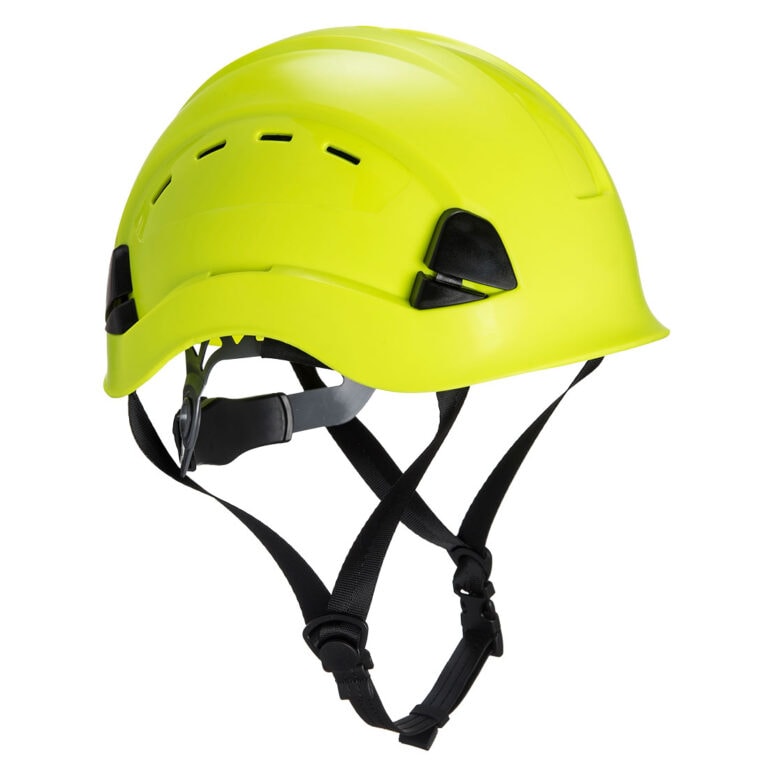
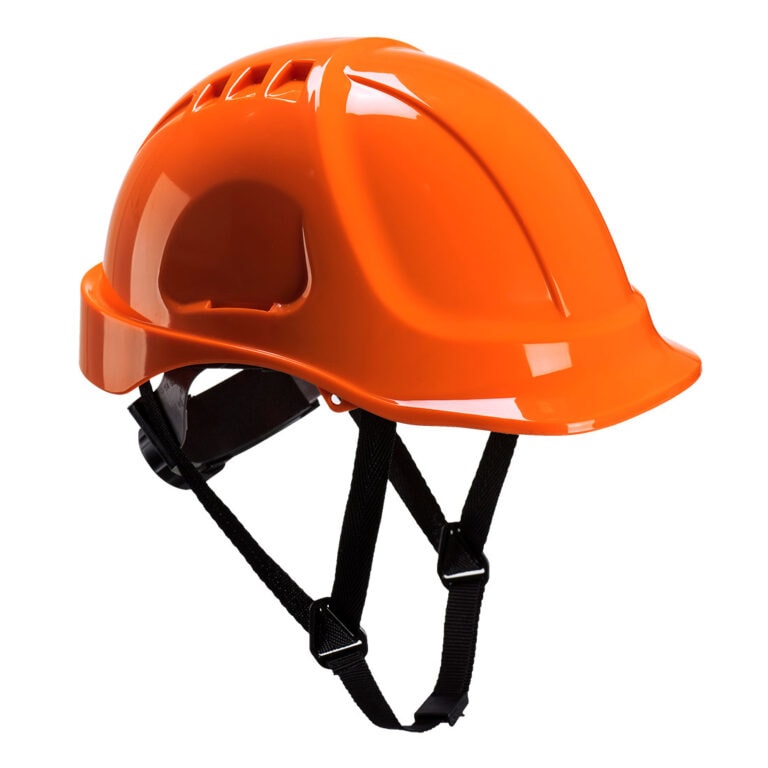
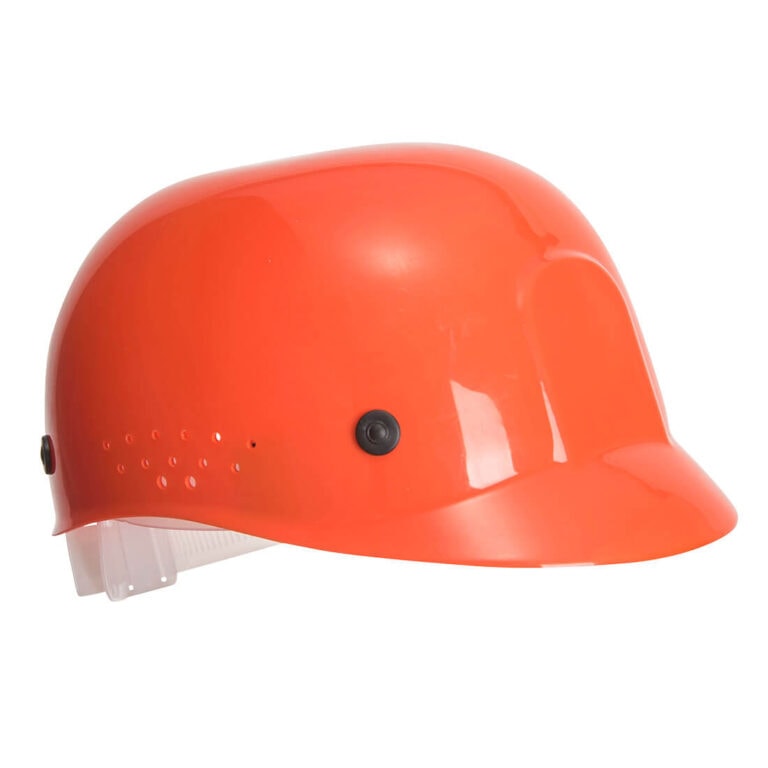
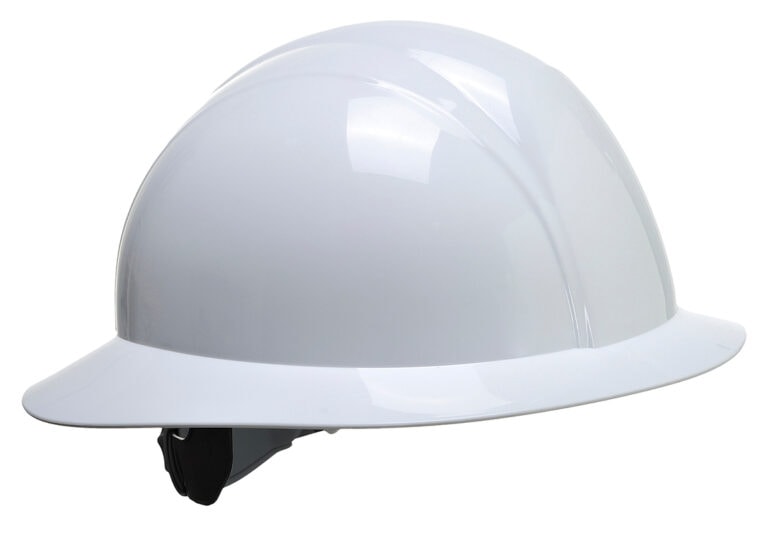
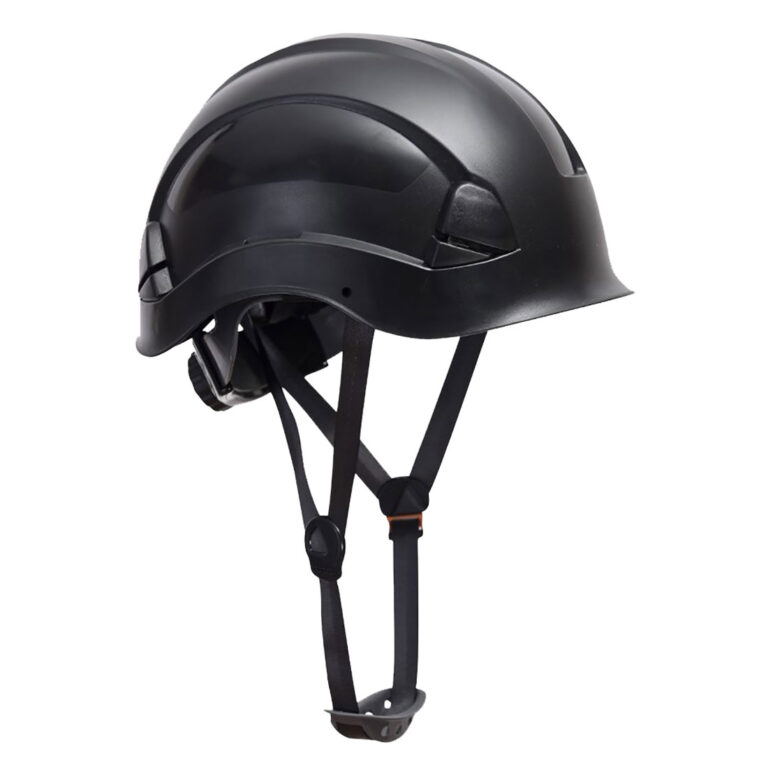
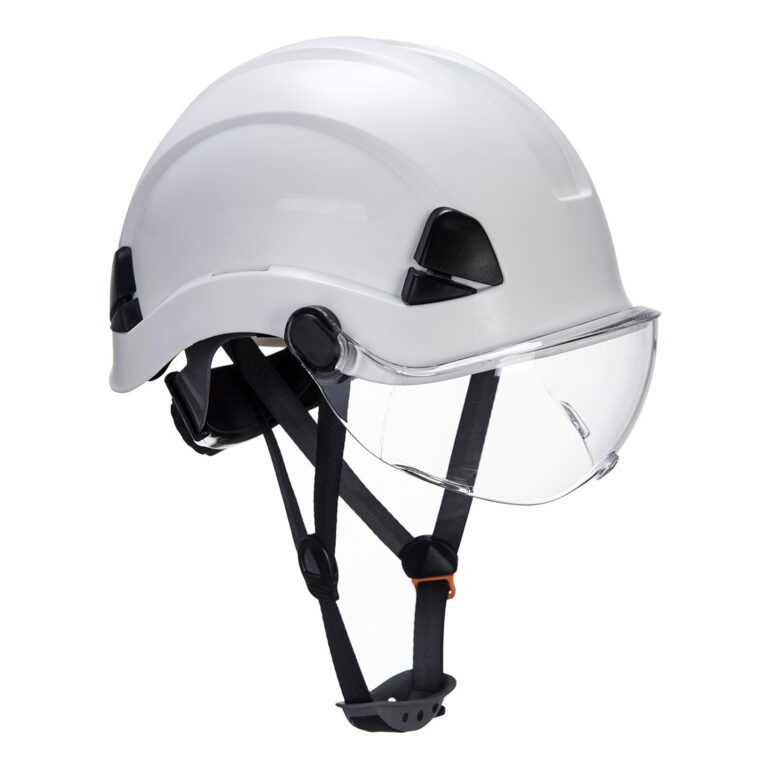
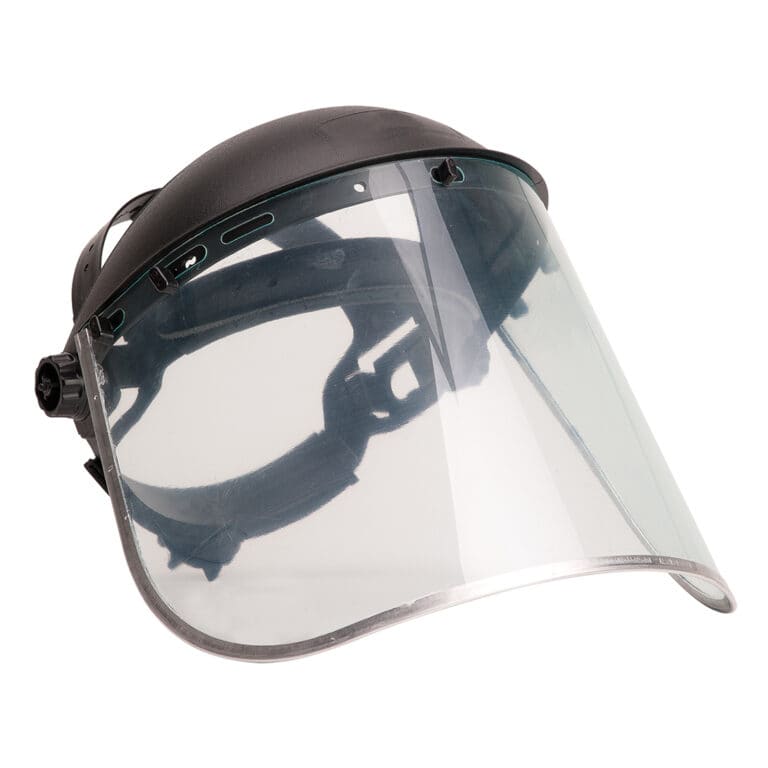
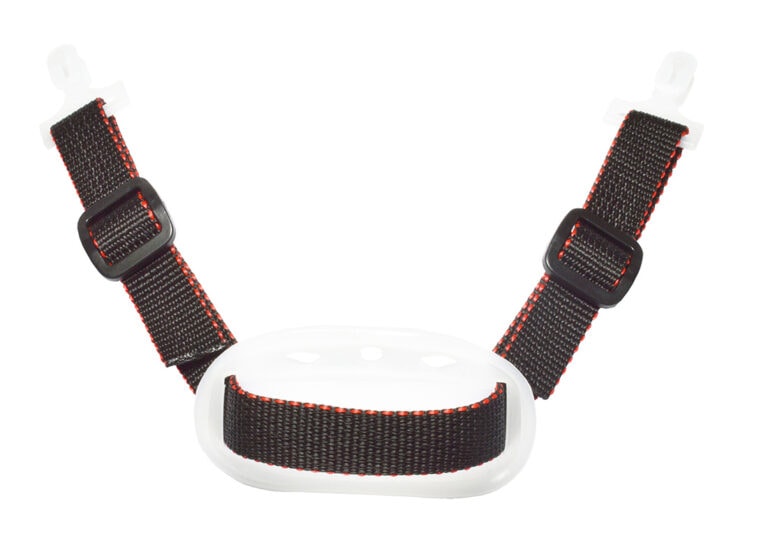

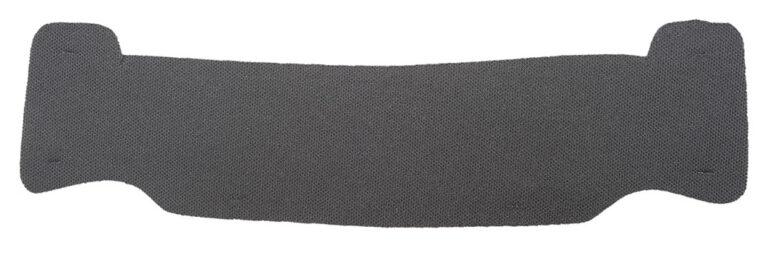
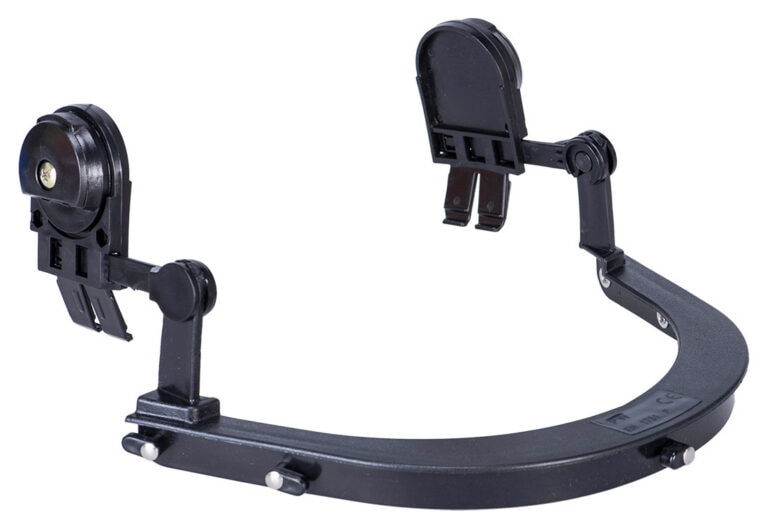
Stay on top of the latest news about prescription safety glasses, eyewear, sunglasses, and all the trends in the industry.
DISCOVER NOWBe the first one to know about promotion, new products, and more.
Follow Us On Instagram @rx_safety